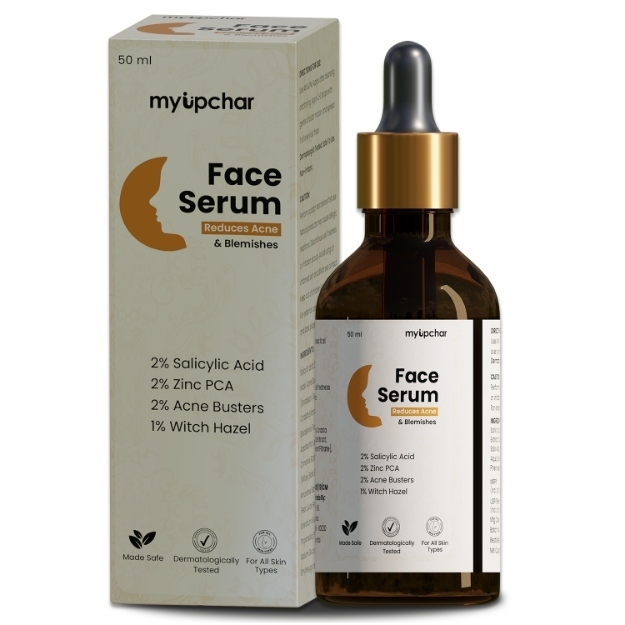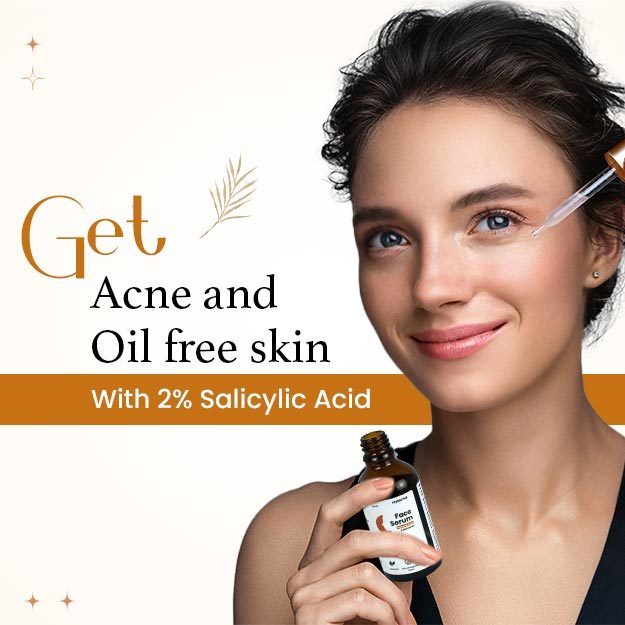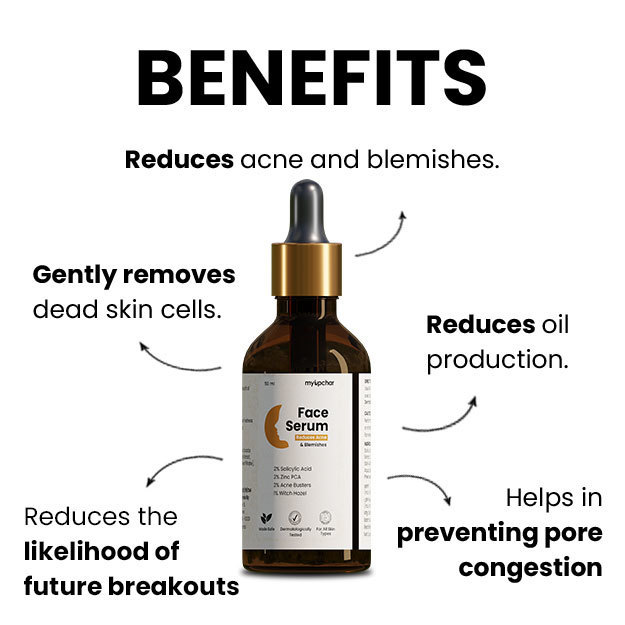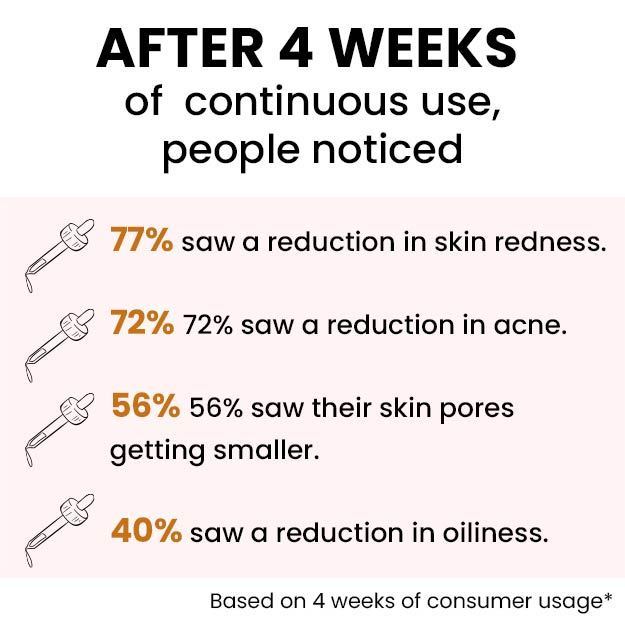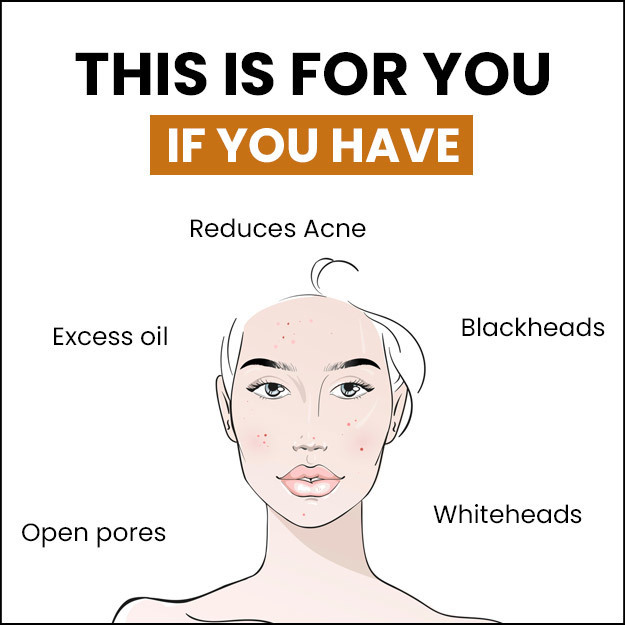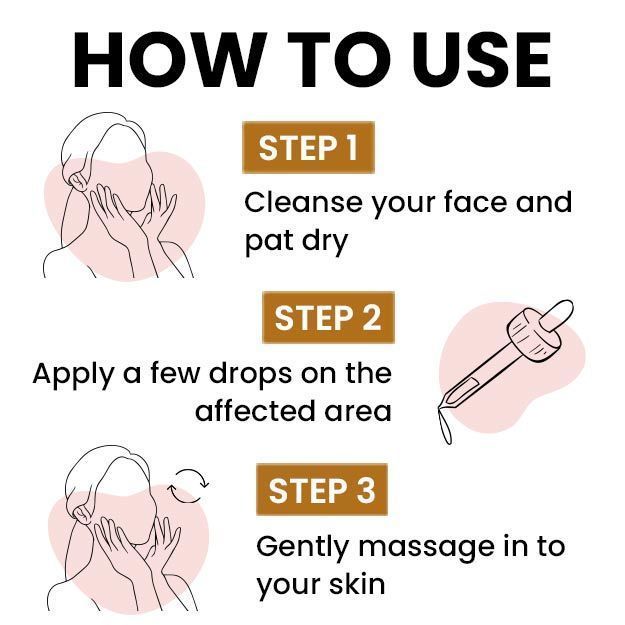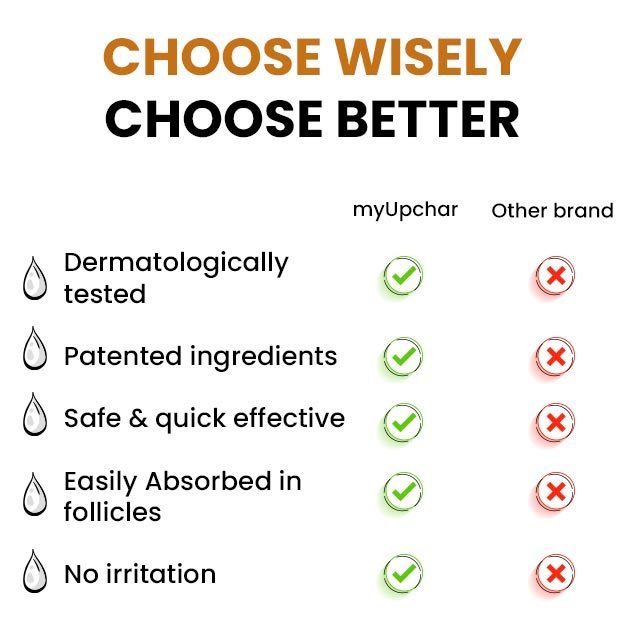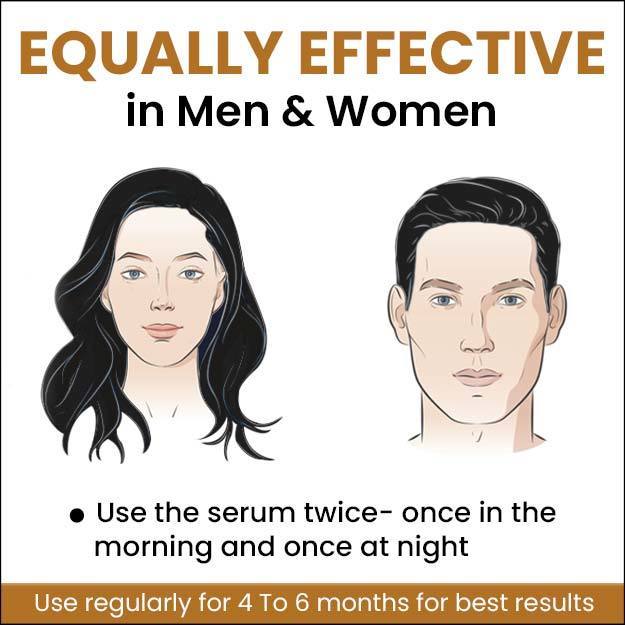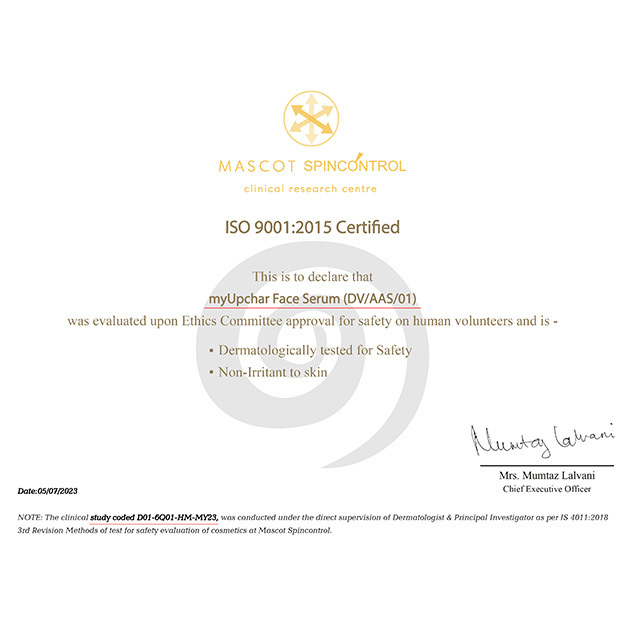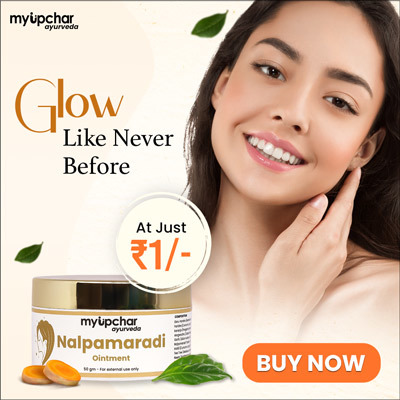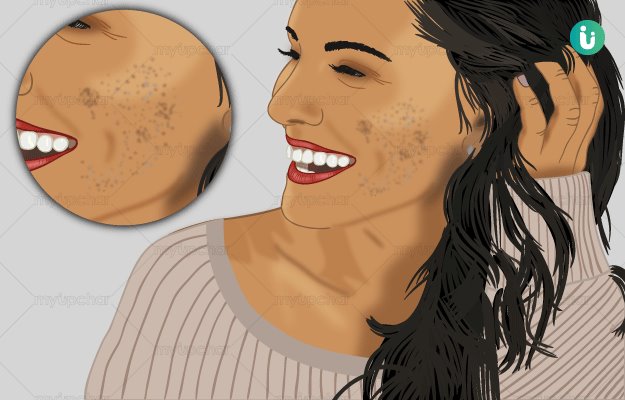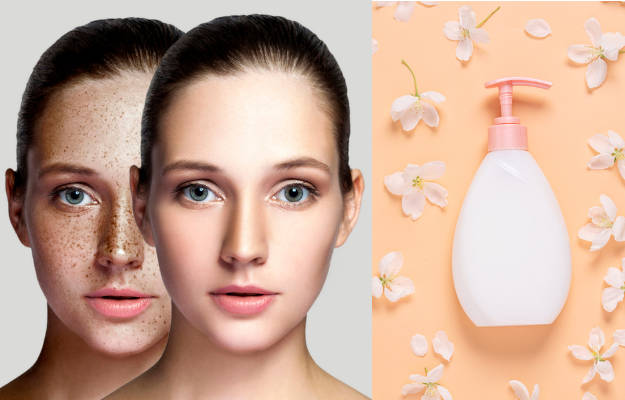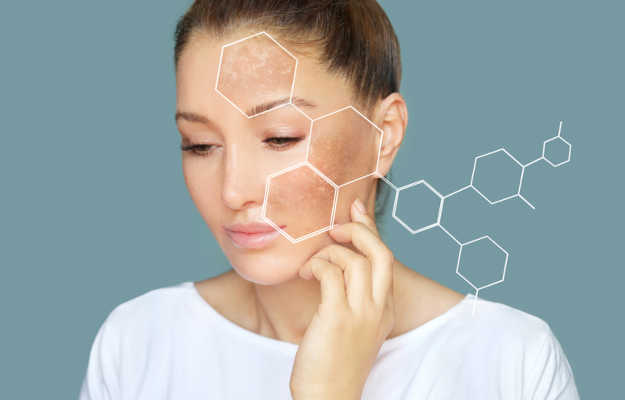Dark or black spots on the skin are seen due to hyperpigmentation, which is a benign condition occurring due to UV or sun damage to the skin. This occurs due to an excessive melanin pigmentation in localised areas, which causes the skin in these parts to become darker than the surrounding.
Advancing age, pregnancy and dosage of oral contraceptives could be some other factors contributing to an overt pigmentation of the skin. Freckles, age spots, UV skin damage and melasma could be the possible reasons for excessive skin pigmentation on the face. In some cases, dark spots could also be caused due to deep acne scars, surgical procedures on the skin or injuries.
Other than being seen on the face, dark spots can also occur on other sun-exposed areas of the skin like your arms or the shoulders. Mostly, all types of skin spots are aggravated by exposure to the sun. Dark spots on the skin are usually not a matter of grave concern. So, they can be easily managed at home to improve aesthetics.
If additional symptoms like pain, bleeding or ulceration is noted, it is important to talk to your dermatologist. Also, it is imperative that you visit your doctor to know the proper diagnosis of your condition before indulging in any home remedies. If no serious underlying cause is detected, the home remedies mentioned in this article are likely to help.





